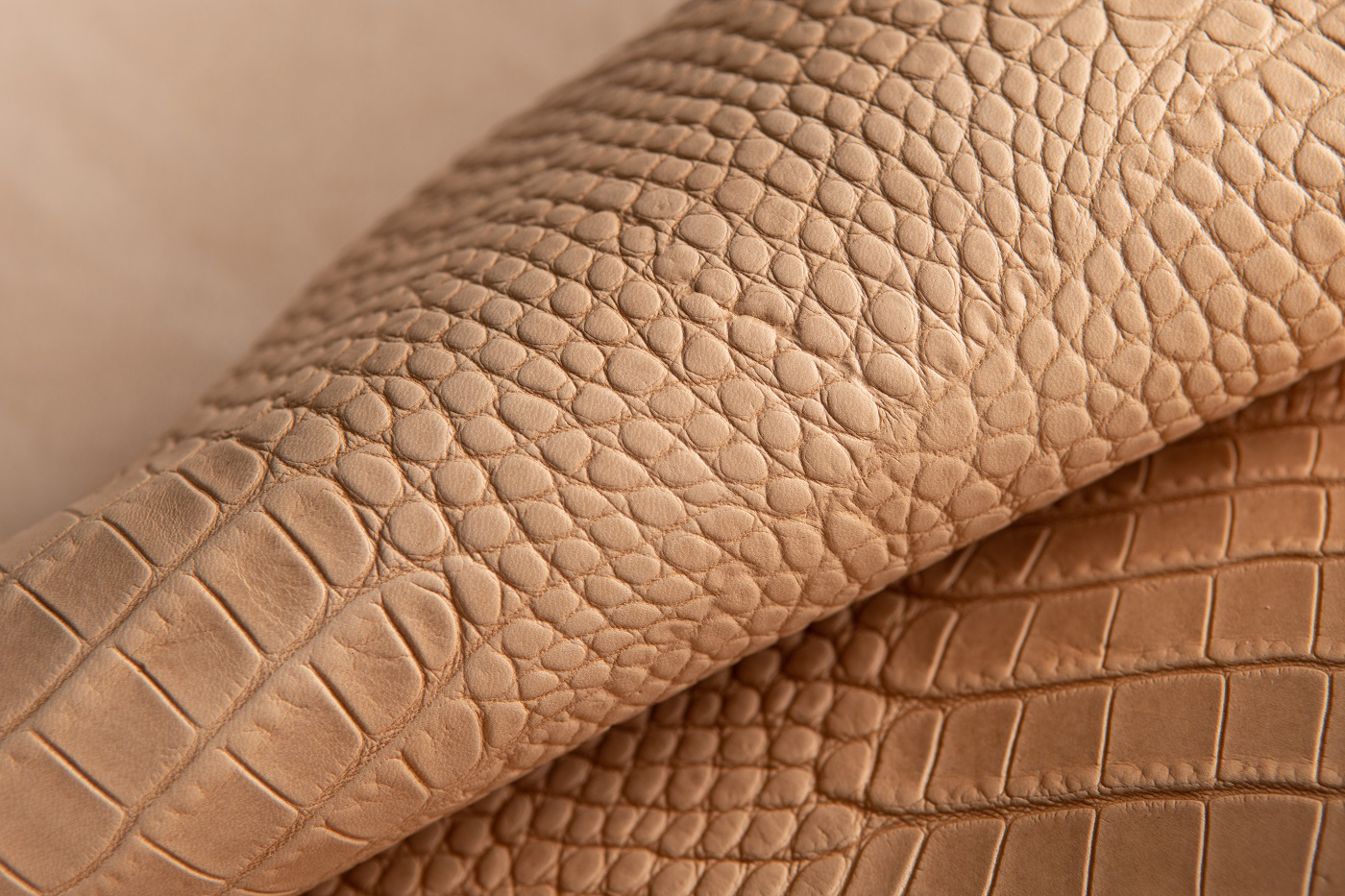SSLIE COUNTRIES
OVERVIEW OF BURUNDI’S LEATHER INDUSTRY
Burundi is one of the five member states of the East African Community with Bujumbura as its capital city. Burundi has an estimated herd of 701,000 cattle, 259,000 sheep and 2.48 million goats. The livestock sector contributes 27.2% of agricultural GDP and 12.7% of national GDP. The consumption of meat leads to the supply of the hides and skins market in Burundi with a similar trend observed in all the other countries of the region. Offtake of hides and skins is estimated at 12% for cattle and 20-30% for small ruminants, the raw material available in Burundi is estimated at 100,000 cattle hides and 714,000 goats and 77,000 sheep skins per year (FAO, 2016).
Burundi’s participates almost exclusively at the lower end of the leather value chain, consisting of three key sub-sectors, namely: hides and skins production, tanning, footwear and leather goods. Currently, Burundi has two private tanneries and it is estimated that about 95% of the hides and skins are exported in the wet-blue state and the remaining is processed into finished leather. Value addition could easily result in finished leather products for exports and an improvement of socio-economic gains.
The leather sector has the potential to increase its contribution to the economy in form of jobs, foreign exchange earnings, if challenges at several stages of the value chain impact on production, value addition and quality are addressed. These gaps offer prospects for entrepreneurship, investment, development and policy interventions.
The country imports live animals from neighbouring countries like Tanzania for slaughter. This clearly shows that the potential of raw materials available in Burundi is much higher. Until recently, 80% of hides and skins were exported in the raw state, without added value as the country imports most of its leather products from China. This deprived a source of raw material for the few tanneries that exist. The government has since imposed an export tax of 80% on raw hides and skins, availing hides and skins for local tanneries.
Under the Burundi Leather sector strategy the country has prioritized on four key priority Objectives (further broken in to sub-objectives) for implementation, namely: (i) To facilitate increased production of quality hides and skins for improved contribution of the sector to national development goals; (ii) To Capacitate SMEs/Cottage industries for higher end value addition and competiveness in domestic, regional and international markets; (iii) To promote quality and cleaner environmental sustainable production techniques and systems and (iv) To facilitate horizontal and vertical collaboration of chain players and other relevant stakeholders.
Burundi therefore offers immense opportunities for production of footwear and leather-goods, supply of production inputs, machinery and tools and, capacity building, given that most of its sector players are not formally trained. There also exist opportunities to improve the quality and collection of hides and skins, production of finished leather and the development of policies that incentivize leather sector players.



Participating countries

